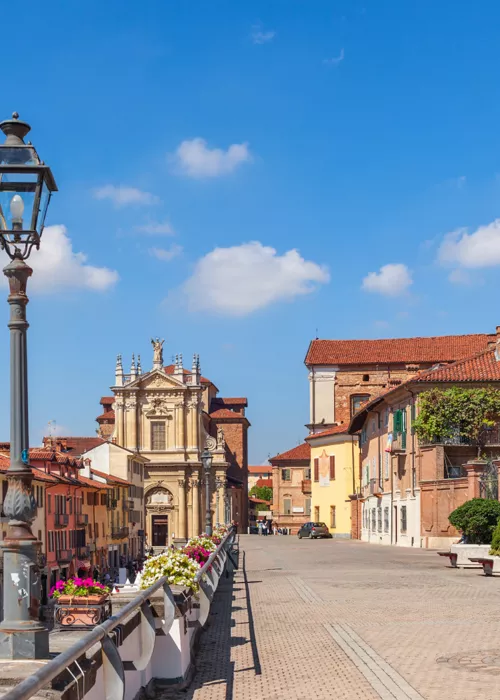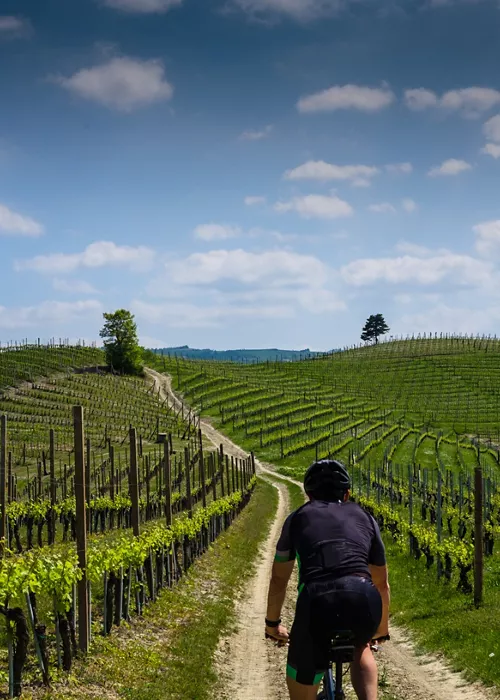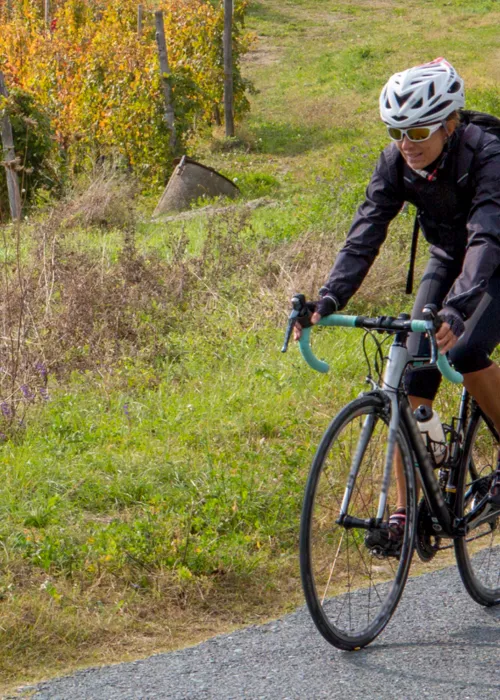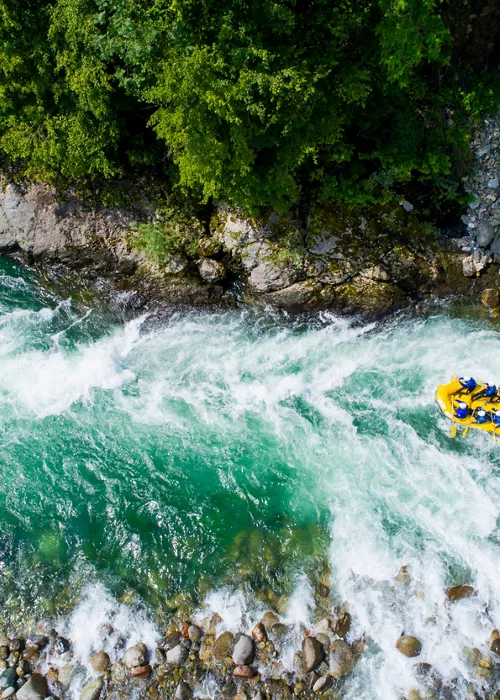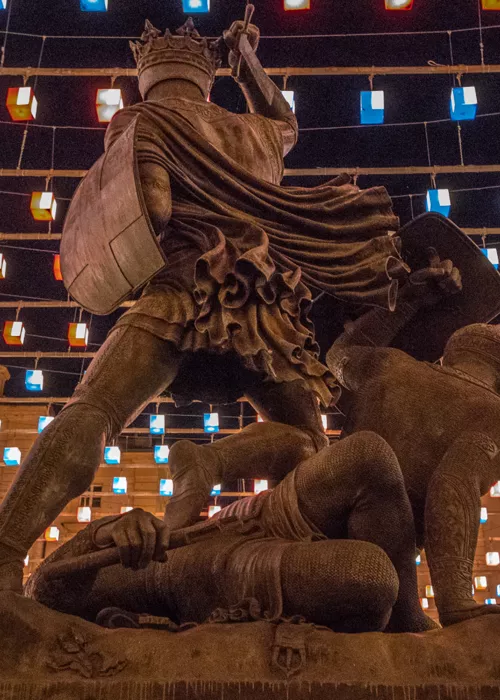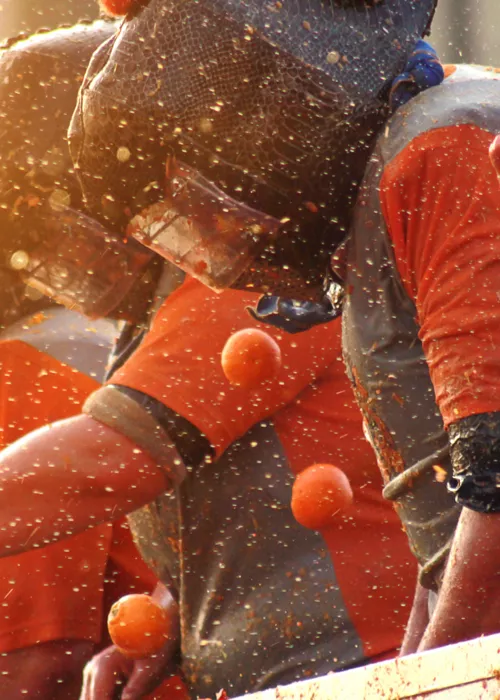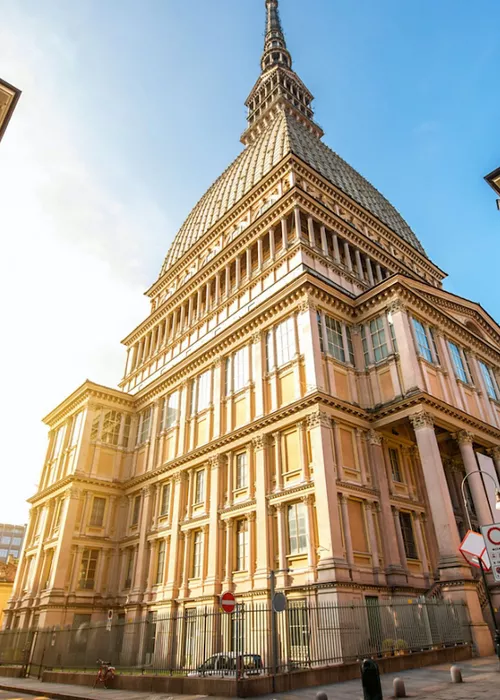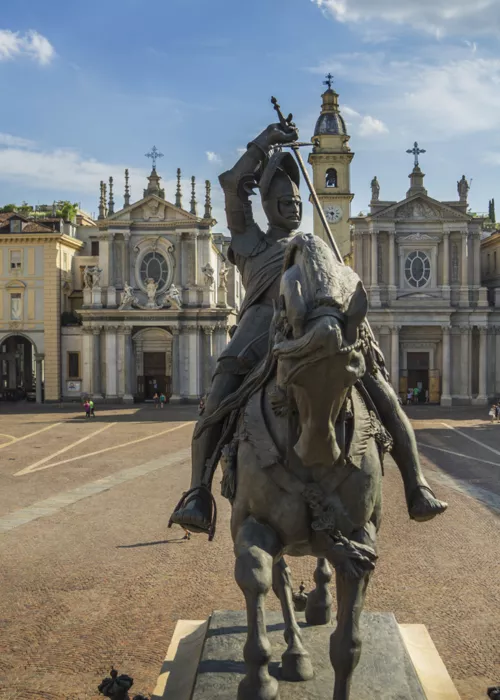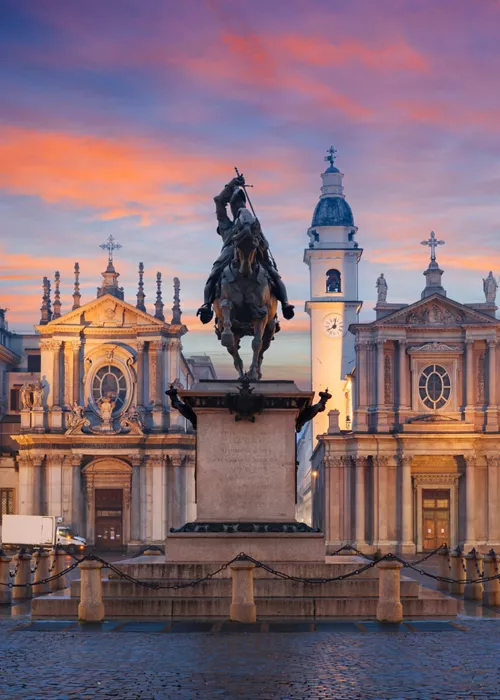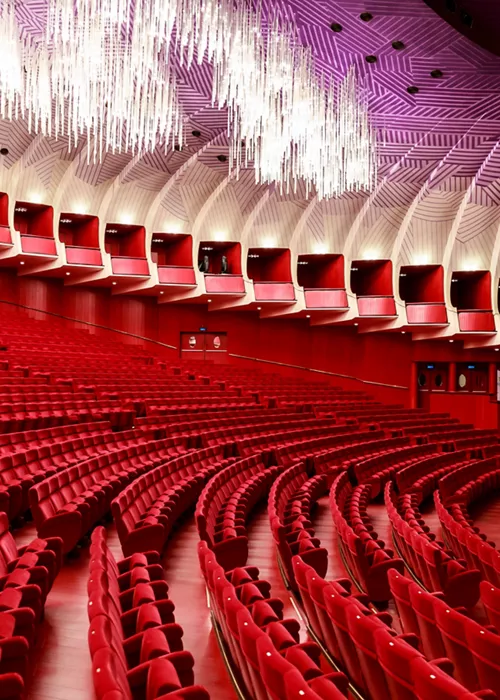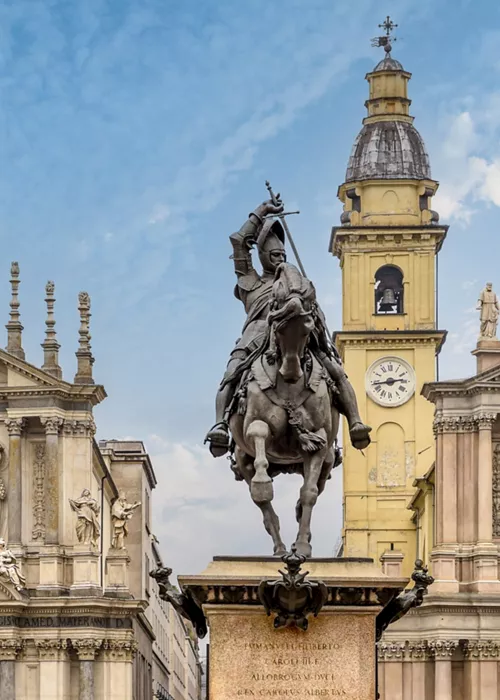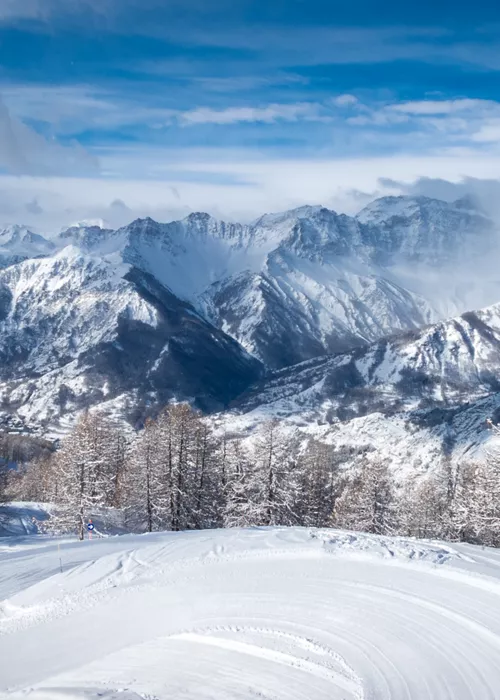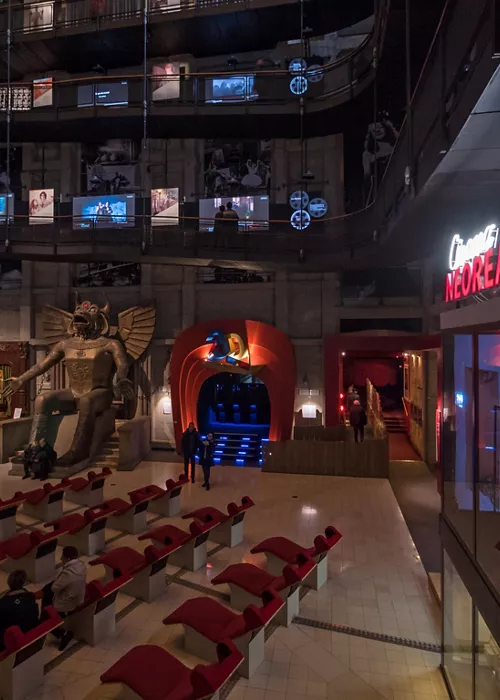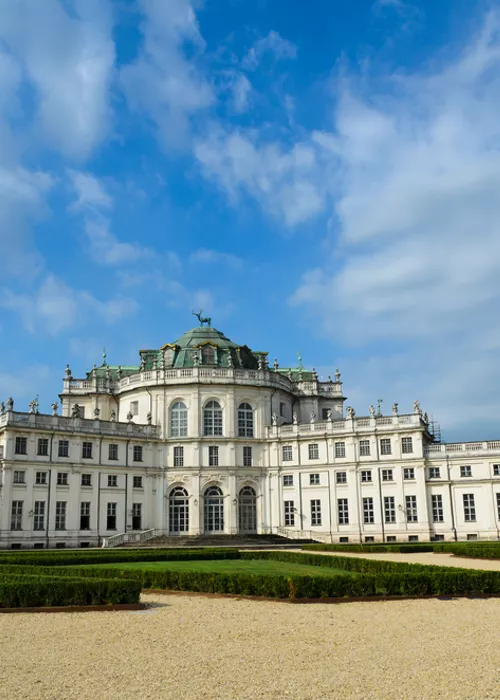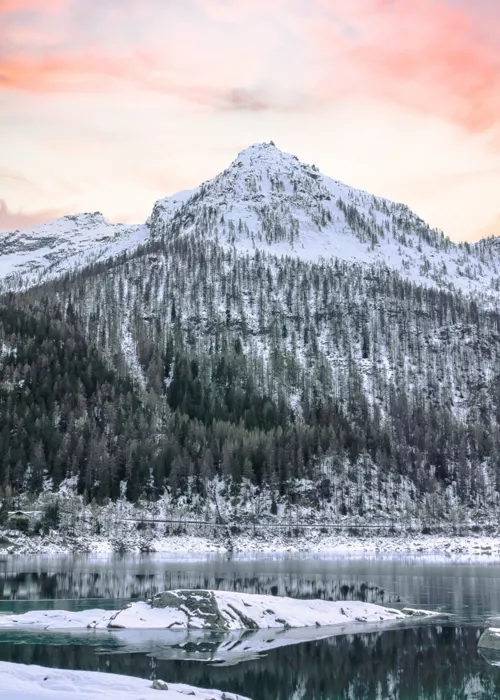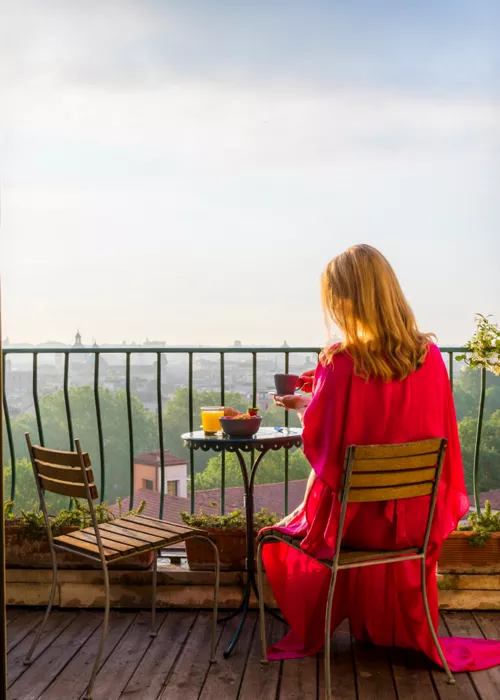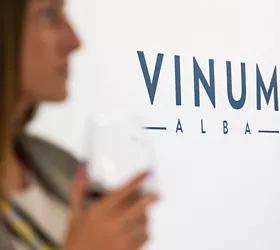Thirteenth stage of the Giro d'Italia 2023: from Borgofranco d'Ivrea to Crans Montana
3 minutes
We are getting deeper and deeper into the competition as we approach the final phase of the second week of the Giro d'Italia 2023. The thirteenth stage will be one of the toughest, with its 199 kilometres and over 5,100 metres of altitude difference.
The start will be flat for a few kilometres, then it will pass Aosta until it comes to the San Bernardo tunnel, an alternative to the San Bernardo Pass, selected by the Giro organisation to allow the athletes to proceed safely, given the heavy snowfall in recent days.
The race will pass through Borgofranco d'Ivrea, a small village in Piedmont with distant origins; traversed by the Via delle Gallie, a Roman road that connected the Po Valley with Gaul, it then became an outpost in 1200 at the behest of the Marquis of Monferrato and the Bishop of Ivrea, a crossroads for pilgrims travelling along the Via Francigena to get to Rome that has undergone several transformations over the centuries, before becoming the beautiful village it is today.
The territory is crossed by the Dora Baltea, a tributary river of the Po, and on its banks you can see how rural life is still deeply rooted in the inhabitants of this place; in fact, there are still some typical dwellings of the past in Borgofranco, two or three storeys high, with large arches that served as stables and storage for hay on the ground floor.
Not to mention the Balmetti, the characteristic stone 'cellars' obtained from the Mambarone Massif, which, thanks to a natural phenomenon that causes air currents to escape from inside the mountain, makes these places perfect for preserving wines and cheeses, a practice that dates back to the early 12th century.
Passing through the village and moving a little away from the centre, you can go for walks in unspoilt nature, following the ancient Via Francigena, on foot or by bicycle, or hiking in the forest, where there were once farmhouses, mills and cottages, as well as several organised excursions in a group or alone, with a tasting on arrival.
The hospitality of the people of Borgofranco is also evident in the quantity of products they offer visitors to this beautiful place, with exceptional cheeses: toma del balmetto and maccagno del balmetto, elderberry pancakes, thistle quiche, excellent canestrelli, and dry biscuits with cocoa or strong lemon flavouring.
Leaving Borgofranco d'Ivrea behind, we come to Bard, a very small village inhabited by just over 100 inhabitants, perched on the slopes of a rocky headland below the fort of the same name. The Bard Fort is a fascinating construction, looming large upon a hill. Composed of three buildings arranged on different levels, it stands in a strategic position from which it served to defend the Aosta Valley from attacks by neighbouring populations.
Constructed as early as pre-Roman times, it later belonged to the Viscount of Aosta, Boso, until the middle of the 12th century and then passed to the Savoys, who occupied it for about six centuries. The fort is now a museum complex, and includes the Museum of the Alps, with an interactive path that highlights the cultural, geographical and naturalistic aspects of the mountain, the Museum of Fortifications and Frontiers, with scale model reconstructions of historical settings with miniature armies and weapons, accompanied by video clips, and the Fort dungeons, where you can retrace the history of the siege by Napoleon in 1800.
The race continues through not a few difficulties: the gradient for the remainder of the course varies from 5% to 13%, followed by a 30-kilometre descent to arrive in Switzerland for the final stage.
The stage podium
Chef Enrico Croatti's baci di dama for a taste of Piedmont
Baci di dama ['lady's kisses'] are a recipe from the culinary tradition of Piedmont that can be enjoyed in a contemporary style thanks to timeless ingredients.



